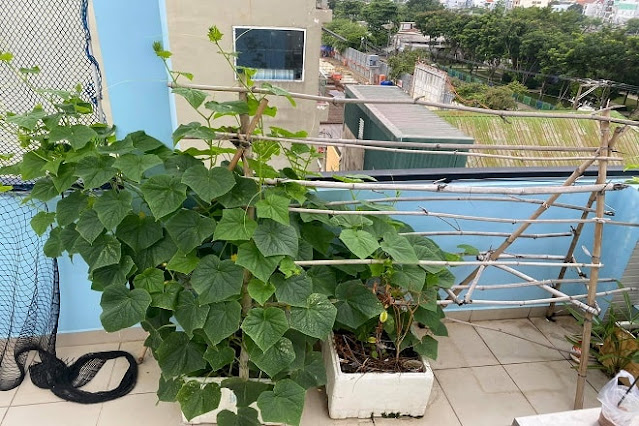
Establish a Strong Root System: Prepare the plant for climbing the trellis by ensuring a robust root system.
Top Dressing and Branching: Prune the growing tips two or three times to encourage adequate branching and consistent fruiting.
Fruiting Stage: Allow the plant to produce fruits.
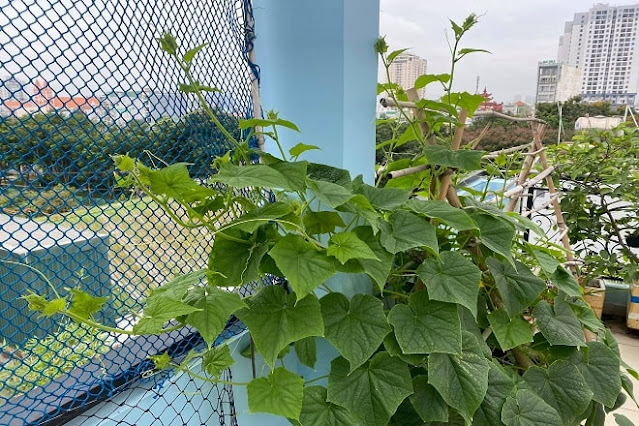
Soak the seeds in a plastic cup like a milk tea cup with the bottom removed.
Ensure the cucumber potting mix is not too dry and has good drainage and aeration.
Avoid using chemical fertilizers. Instead, combine equal parts of available soil, cow manure, topsoil, and rice husk ash.
Choose a pot that is at least 30 cm tall and allow for 10 cm of air space at the bottom. Drill drainage holes about 8 cm from the bottom.
When transferring to the pot, plant the seedlings in the first third of the pot (assuming you're using a rectangular pot) to provide space for root development.
As the plant adapts to the soil, allow it to grow horizontally along the bottom of the pot for about 40 cm. Then, guide the growth upwards. Cover the portion of the stem lying on the soil with a thin layer of soil to encourage the development of secondary roots.
Once the root system is well-established, the plant's growth will accelerate, and it will start to branch out. Wait until the plant reaches 30 cm in height before pruning the tip to encourage branching.
Construct a trellis for the plant to climb, allowing it to reach 3-4 branches. When each branch reaches about 80 cm, prune the tip again. This will promote the growth of numerous secondary branches. The plant will effectively utilize sunlight from the bottom up, resulting in a more aesthetically pleasing appearance.
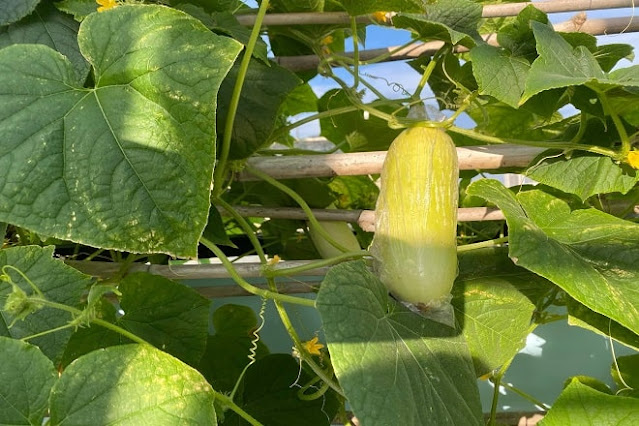
Watering: Cucumber plants require ample water, so water them twice daily, once in the morning and once in the evening.
Pest Control: These plants are susceptible to aphid infestations. Regularly inspect the undersides of leaves for brown or green spots. If detected early, manually remove the pests to maintain clean fruits.
Nematode Management: Cucumber plants are prone to nematode attacks. If you notice the plant wilting during the day but recovering at night, the root system is likely weakened due to nematode infestation. To address this, dilute urine with water and apply it to the base of the plant to gradually increase the pH level.
Pruning for Fruiting: In cases where the plant has grown excessively large and leafy but fails to produce female flowers, the dense foliage is causing the plant to lose water rapidly, leading to wilting during the day. To address this, prune old leaves near the base and remove unnecessary lower branches. Additionally, perform a third round of tip pruning.
Ý kiến bạn đọc
Những tin mới hơn
Những tin cũ hơn
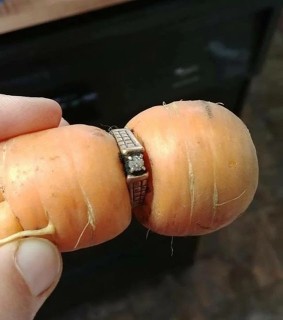 The most unique carrots in the world!
The most unique carrots in the world!
05.09.2024
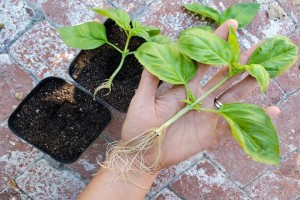 Guide to Propagating Basil Cuttings for Beginners
Guide to Propagating Basil Cuttings for Beginners
30.08.2024
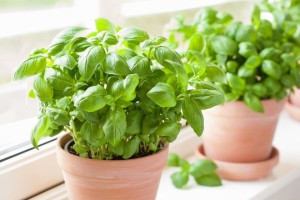 How to take care of basil plant indoors for Beginners
How to take care of basil plant indoors for Beginners
30.08.2024
 Interesting Facts About Ants
Interesting Facts About Ants
23.08.2024
 Coucal bird: Natural Enemy of Snakes
Coucal bird: Natural Enemy of Snakes
22.08.2024